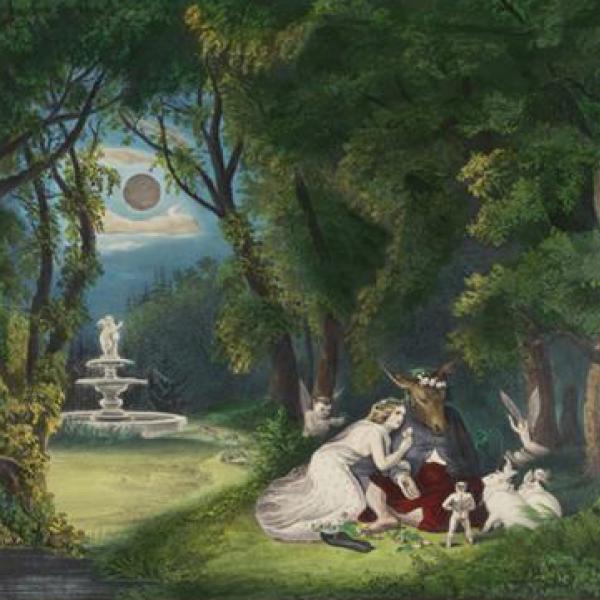When Love Comes so Strong
West Side Story at 60
Tuesday, September 26, 2017 by
On September 26, 1957, West Side Story, a new musical opened at the Winter Garden Theatre on Broadway. In his opening night review, New York Times critic Brooks Atkinson called the musical “a profoundly moving show that is as ugly as the city jungles and also pathetic, tender and forgiving.” Sixty years later, West Side Story is known as one of the greatest American musicals of all time.
If you know the story of Romeo and Juliet, you know the story of West Side Story. Updated to provide a contemporary retelling of William Shakespeare’s play, the musical follows ill-fated lovers from rival street gangs. American born Tony grew up as part of the Jets, and Maria’s brother is leader of the Sharks, a Puerto Rican gang fighting the Jets for turf on New York’s West Side. Just like Romeo and Juliet, Tony and Maria meet at a dance, fall in love, and are allowed one single night together before everything falls apart.
Told under the back drop of Manhattan’s developing Upper West Side, the production marked the third musical collaboration between director and choreographer Jerome Robbins and composer Leonard Bernstein. (The pair previously worked together on together on On the Town and Wonderful Town.) Produced by Robert E. Griffith and Hal Prince, the creative team was rounded out by Paul Gennaro as co-choreographer, Arthur Laurents on book, and lyrics from a young man by the name of Stephen Sondheim.
West Side Story’s opening run lasted for 732 performances. After closing in June 1959, it was revived less than a year later for another 249 performances. Broadway has since seen three more revivals, the latest one closing in 2011 after 748 shows. The musical’s 1961 movie version won 10 Academy Awards the year it came out, and holds the #2 spot on the American Film Institute’s list of greatest movie musicals (#1 goes to Singing in the Rain). Since it opened on Broadway, the show has become a mainstay in the repertoire of regional theaters, colleges, and high schools continuing to speak to audiences of all ages. At 60, this musical still has a lot to say.
At the heart of it all is Tony and Maria, dreamers who longed for a better life. “There’s a place for us, somewhere a place for us” they sing in what turns out to be their final duet. Tony is shot in retaliation for killing Shark leader Bernardo who in turn was killed for stabbing the Jet leader Riff. It’s a cycle that could go on and on if not for Maria. Her grief and rage bring the gangs to a standstill, and her love for Tony ultimately unites the two sides to bear Tony’s body away. Unlike Juliet at the end of her story, Maria does not kill herself over the loss of her love. Instead, according to the stage directions “she gets up, despite the tears on her face, lifts her head proudly and triumphantly” before leaving the stage.
To celebrate the 60th anniversary of this landmark musical, the Museum has collaborated with Carnegie Hall, the New York Public Library, and the National Museum of American Jewish History to create a series of immersive online exhibitions through Google Arts & Culture. These exhibitions look into the creative forces behind West Side Story and the musical’s lasting legacy. Check it out!
This project was made possible in part by a grant from Google Inc.





![Byron Company. [James K. Hackett as Mercutio fights Campbell Gollan’s Tybalt] 1899. Museum of the City of New York. 34.271.813G](https://www.mcny.org/sites/default/files/styles/mcny_col_3_thumbnail/public/thumbnail_1.jpg?itok=eLop50mT)

![Lucas-Monroe. [Veronica Lake as Peter Pan and Lawrence Tibbett as Captain Hook], 1951. Museum of the City of New York. 80.104.1.2119](https://www.mcny.org/sites/default/files/styles/mcny_col_3_thumbnail/public/80_104_1_2119.jpg?itok=rvRZLxSK)

